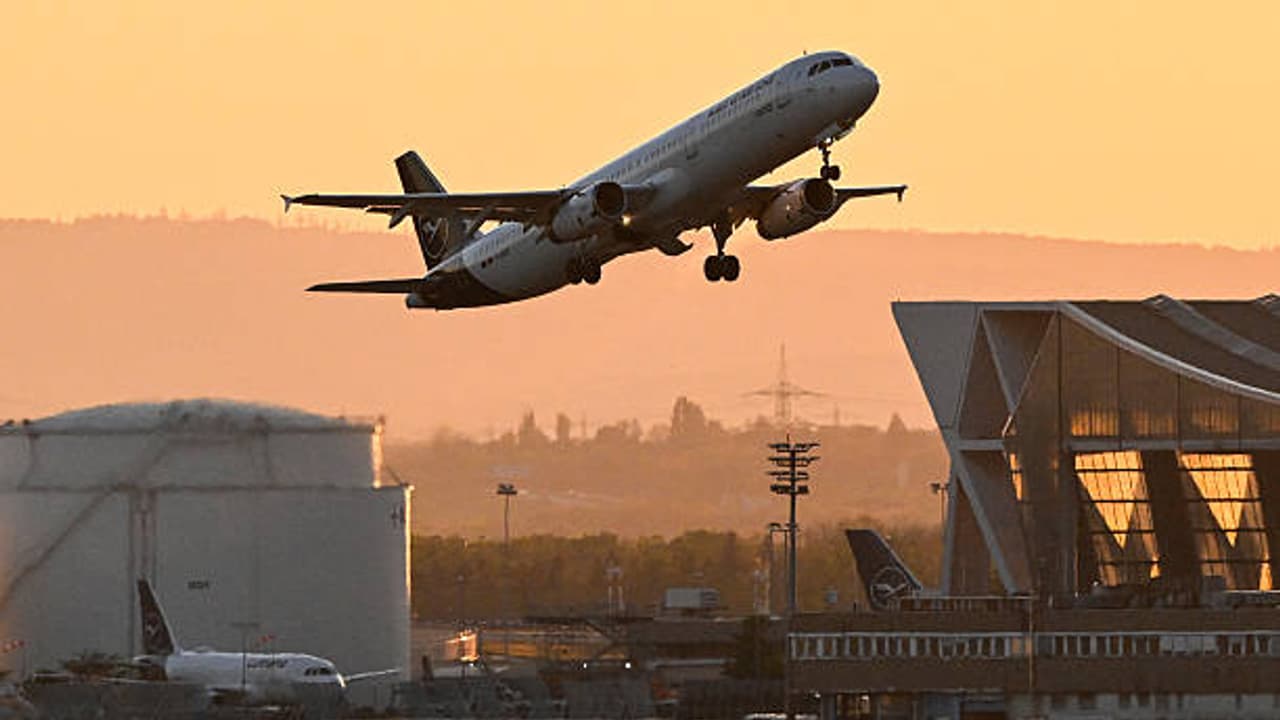India is considering closing airspace to Pakistani airlines and imposing a ban on Pakistani ships at Indian ports in retaliation for the Pahalgam terrorist attack.
India is considering closing airspace to Pakistani airlines and imposing a ban on Pakistani ships at Indian ports in retaliation for the Pahalgam terrorist attack in Jammu and Kashmir. The move would compel Pakistani airlines to reroute flights over countries like China or Sri Lanka to access Southeast Asian destinations such as Kuala Lumpur, according to reports.

A ban on Pakistani ships at Indian ports is also under consideration.
Since the terror attack, India has taken several strong decisions against Pakistan, including the suspension of the Indus Water Treaty. In response, Pakistan closed its airspace to Indian aircraft as tensions escalated between the neighbours. India reiterated its accusations of Pakistan harbouring and facilitating cross-border terrorists and announced a series of retaliatory measures.
Pak shuts its airspace for India
Closing its airspace could cost Pakistan crores in aviation revenue. When an aircraft passes through a country's airspace, it has to pay money as overflight fees. Now, Indian flights are not passing through Pakistani airspace. Due to this, Pakistan is not receiving overflight fees.
A Pakistani user posted a video on the social media platform X, showing an Indian aircraft taking a long route to avoid Pakistan. He wrote, "And there's the trouble." X user Naren Menon responded, explaining the economic impact on Pakistan from not allowing Indian aircraft to use its airspace. Menon wrote, "Pakistan is losing 'overflight fees' from the 3rd largest (and fastest growing) aviation market in the world. That's easily hundreds of millions of USD every year. Never in the history of mankind has there been so much collective stupidity in a land."
Menon explained that a large number of flights from India go westward. This means that blocking Indian airlines will be very costly for Pakistan. Some people suggested that Pakistan would still earn from foreign airlines. However, Menon clarified that most flights going westward from India are from Indian airlines like Air India and IndiGo. Therefore, Pakistan could lose a large portion of its overflight revenue.
Indian Airlines facing increased fuel costs
Indian airlines are prepared to face increased fuel costs and longer flight times due to Pakistan's airspace closure. At the same time, Pakistan is facing a direct impact on its revenue. This is not the first time such a situation has arisen. In July 2019, after the Pulwama terror attack, Pakistan closed its airspace. This caused it a loss of about $100 million (850 crore rupees). At that time, about 400 flights were affected daily. This caused heavy losses to Pakistan's Civil Aviation Authority (CAA) and Pakistan International Airlines (PIA).
Boeing 737 has to pay Rs 49,304 to fly over Pakistan
According to a study, a Boeing 737 aircraft flying from India has to pay about Rs 49,304 as overflight fees to pass over Pakistan. This fee is higher for larger aircraft. Officials estimated that at that time, Pakistan was losing about Rs 19,721,856 per day just from overflight fees. When other fees like landing and parking were added, the daily loss reached Rs 25,502,400.
In addition, due to the closure of international routes and longer flight times on domestic routes, Pakistan International Airlines lost about Rs 39,103,680 every day. In total, the CAA and PIA lost about Rs 64,606,080 daily. By the end of the closure period, Pakistan had suffered a total loss of about $100 million.
Now, after the Pahalgam attack, the closure of airspace is causing similar losses to Pakistan again. Air India and IndiGo have already said that some of their international flights are facing difficulties. Flights from cities like Delhi, Amritsar, Jaipur, Lucknow, and Varanasi have to take longer routes. Instead of flying over Pakistan, these flights are now taking a longer route over the Arabian Sea.
A senior pilot has said that the new route will add about 2 to 2.5 hours to flights to the US and Europe. This has increased fuel costs. The crew will have to work longer hours.


